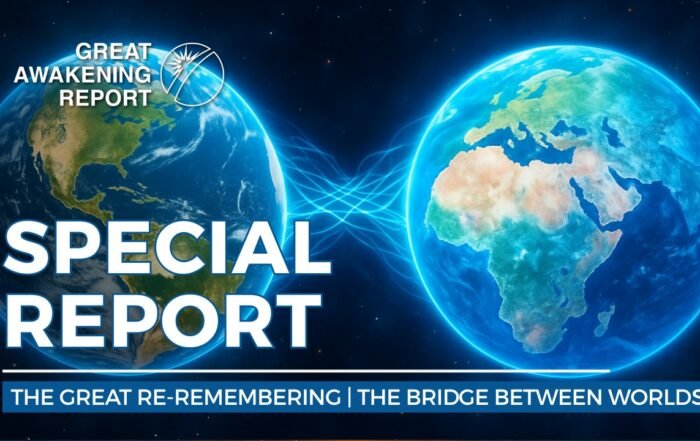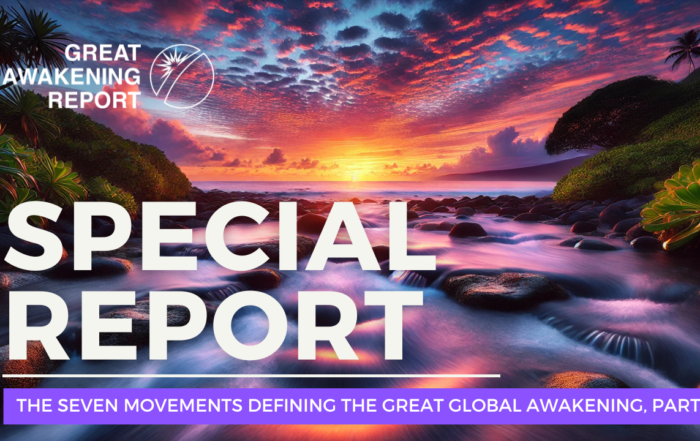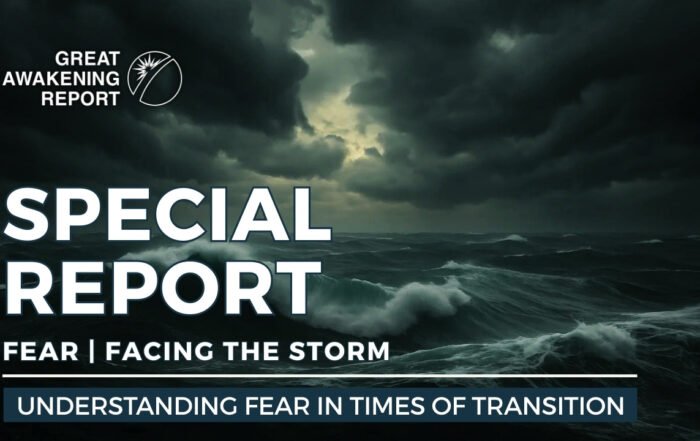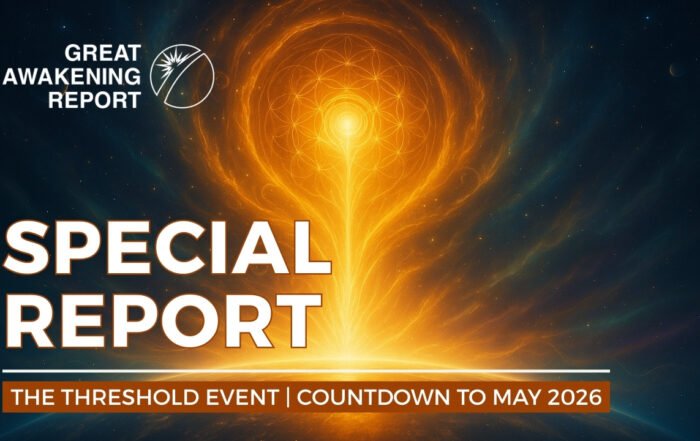Introduction to the Pacific Ring of Fire
The Pacific Ring of Fire is a major area in the basin of the Pacific Ocean where a large number of earthquakes and volcanic eruptions occur. This horseshoe-shaped zone stretches over 25,000 miles and includes countries such as the United States (west coast), Canada, Mexico, Japan, Indonesia, and New Zealand. The region is home to approximately 75% of the world’s volcanoes, making it one of the most volcanically active regions globally.
Geologically, the Ring of Fire is characterized by numerous tectonic plate boundaries, which include subduction zones, transform faults, and rift zones. These tectonic activities result in both devastating earthquakes and significant volcanic eruptions. Notable volcanoes within this region include Mount St. Helens in the United States and Mount Fuji in Japan, both of which have had a profound impact on their surrounding atmospheres and environments.
The significance of the Pacific Ring of Fire extends beyond its geological activity; it also influences global weather patterns and ecosystems. The volcanic eruptions can lead to climate changes and the release of greenhouse gases, impacting global temperatures. Moreover, many densely populated areas are located along the Ring of Fire, making monitoring and preparedness crucial for disaster management strategies [Source: Australian Mining].
Additionally, the economic importance of the region stems from resource extraction, including precious metals and geothermal energy. Awareness and research into the Ring of Fire’s dynamics are essential for mitigating risks and understanding the impact of its natural phenomena on both local communities and the global ecosystem.
Current Volcanic Activity Trends
Recent volcanic activity trends around the Ring of Fire indicate an increase in both the frequency and intensity of eruptions, suggesting a phase of heightened geological activity. In 2023, notable eruptions were recorded from several volcanoes, including the Fuego volcano in Guatemala and the Kilauea volcano in Hawaii, both exhibiting explosive behaviors linked to increased seismic activity.
Analysis of seismic data indicates that many of these eruptions were preceded by significant earthquake swarms. For instance, the recent activity at Kilauea was characterized by a series of earthquakes that indicated magma movement, which is a common precursor to eruptions [Source: Farm Progress]. Additionally, data management advancements, like those being implemented in mining operations, can enhance monitoring and predictions related to volcanic activity, using integrated systems that collect critical geological data [Source: Australian Mining].
Moreover, researchers are observing a variety of eruption types, from plinian eruptions which expel ash columns into the atmosphere to effusive eruptions characterized by lava flows [Source: BCIS]. This diversity is indicative of underlying geological complexities and poses varying risks to surrounding communities.
Overall, monitoring and understanding these trends is crucial, as they inform not only disaster preparedness but also broader geological and environmental impacts across the Pacific region and beyond.
Impact on Local Communities and Infrastructure
Escalating volcanic activity can have dramatic impacts on local communities and infrastructure, often leading to significant evacuations, destruction, and economic repercussions. When a volcano erupts, it can endanger nearby residents, necessitating emergency evacuations to safeguard lives. For example, the 1980 eruption of Mount St. Helens in the United States resulted in thousands of people being evacuated from their homes due to ashfall and pyroclastic flows, highlighting the urgent need for effective evacuation plans in such scenarios [Source: Farm Progress].
Infrastructure is frequently compromised during these eruptions. Roads, bridges, and buildings can be buried under volcanic ash or completely destroyed, hampering recovery efforts and disrupting daily life for residents. The economic implications are far-reaching: reconstruction costs can soar, and local businesses may face prolonged closure periods, leading to significant financial losses. In addition, infrastructure repairs can take years, further straining local economies. For example, after the 2010 eruption of Eyjafjallajökull in Iceland, the resulting ash cloud disrupted air travel across Europe, costing the airline industry an estimated $1.7 billion and prompting a reevaluation of local infrastructure resilience [Source: Australian Mining].
Ultimately, the impacts of volcanic activity extend beyond immediate physical harm, triggering long-lasting challenges for communities as they attempt to adapt to new realities and rebuild their lives amidst ongoing geological threats. Understanding and preparing for such risks is vital for safeguarding both lives and local economies.
Scientific Advancements in Volcano Monitoring
Recent advancements in volcanic monitoring technologies are significantly enhancing our ability to predict volcanic eruptions and mitigate their impacts. Notable among these developments are the integration of satellite imagery, seismic sensors, and artificial intelligence (AI) methodologies.
Satellite imagery is now a pivotal tool in volcano monitoring. It provides high-resolution images that can track surface changes and thermal anomalies associated with volcanic activity. For instance, satellite data can detect rising temperatures indicative of magma movement beneath the surface. This information helps scientists analyze potential threats and issue timely warnings to at-risk populations [Source: Farm Progress].
Seismic sensors have also seen improved deployment in recent years. These sensors measure ground vibrations caused by seismic activity, allowing for early detection of volcanic unrest. Networks of these sensors can pinpoint the location and depth of earthquakes that could indicate an impending eruption, providing crucial data for risk assessments and evacuation planning [Source: Australian Mining].
The integration of AI in volcanic monitoring represents a groundbreaking shift. AI algorithms can analyze vast amounts of geological data, learning from patterns that precede past eruptions. By leveraging machine learning, researchers are developing predictive models that assess volcanic behavior more accurately. This approach not only enhances early warning systems but also optimizes resource allocation during emergency responses [Source: BCIS].
These advancements underscore the importance of continuous innovation in volcanic monitoring strategies, aiming to reduce risks and improve public safety in volcanically active regions. For further insights into how these technologies are being applied, consider exploring related articles on volcanic activity and management strategies within our blog.
Historical Context: Past Eruptions of Significance
The Pacific Ring of Fire has witnessed some of the world’s most significant volcanic eruptions, each leaving a profound impact on both local and global scales. Notable eruptions include:
- Krakatoa, 1883: This eruption in Indonesia was one of the deadliest and most destructive in recorded history. It caused tsunamis that killed over 36,000 people and altered global weather patterns for years. The massive release of ash and gas into the atmosphere led to what is referred to as the “year without a summer,” significantly affecting temperatures in regions far from the eruption site [Source: Scientific American].
- Mount St. Helens, 1980: Located in Washington State, this eruption was a pivotal event in volcanic study due to its well-documented nature. The eruption resulted in the loss of 57 lives, massive property damage, and ecological changes in the surrounding forests. It provided insights into dome-building eruptions and the effects of volcanic ash on the environment [Source: USGS].
- Mount Tambora, 1815: This eruption in Indonesia is the most powerful in recorded history and directly led to the “Year Without a Summer” in 1816. It caused global climatic changes and a severe drop in temperatures, leading to widespread crop failures and food shortages in Europe and North America. The disaster had far-reaching consequences, including social unrest and economic hardship [Source: BBC].
These eruptions exemplify how volcanic activity can reshape environments, influence climate, and have extensive socio-economic repercussions, underscoring the importance of ongoing monitoring and research in volcanic regions.
Future Predictive Models and Preparations
Scientists and governments worldwide are increasingly focusing on advanced predictive models and preparative measures to address potential escalations in volcanic activity. Utilizing sophisticated data analysis techniques, researchers can monitor geological signals, such as seismic activity and gas emissions, which serve as precursors to eruptions. For instance, the integration of machine learning models allows for real-time data processing, enabling forecasters to assess volcanic hazards more accurately [Source: Farm Progress].
Governments, like those in the United States and Indonesia, have developed early warning systems that leverage these predictive models to inform local populations about imminent volcanic threats. These systems employ both remote sensing technologies and ground-based monitoring, providing timely alerts through various communication channels, including mobile notifications and public announcements. This proactive approach aims not only to enhance public safety but also to reduce the economic impacts of volcanic eruptions on local communities [Source: Australian Mining].
Moreover, preparedness strategies include community drills, education campaigns, and the establishment of evacuation routes, tailored to specific regions based on their historical volcanic activity. Such measures are crucial in increasing public resilience and awareness and ensuring that communities can respond effectively in the event of an eruption [Source: BCIS].
Sources
– Australian Mining
– Farm Progress
– BCIS
– Scientific American
– USGS
– BBC
Share This Report
Have questions?
At Great Awakening Report, we are dedicated to supporting your journey toward truth and enlightenment through our specialized Coaching and Consulting services.
Coaching Services: Our coaching programs are designed to guide you through personal awakening and transformation. We offer personalized sessions that focus on expanding consciousness, uncovering hidden truths, and fostering spiritual growth. Our experienced coaches provide the tools and insights necessary to navigate your path with clarity and confidence.
Consulting Services: For organizations and individuals seeking deeper understanding and strategic guidance, our consulting services offer expert analysis and solutions. We delve into areas such as global transitions, alternative news insights, and consciousness studies to provide comprehensive strategies tailored to your unique objectives.
Embark on a transformative journey with our Coaching and Consulting services, and unlock your highest potential. To learn more and schedule a session, visit our Coaching and Consulting pages.
Thank you
Thank you to our subscribers and readers for your continued support and dedication to truth and awakening. Your encouragement, engagement, and belief in our mission make everything we do possible. Together, we are expanding awareness and helping illuminate the path forward.
If you would like to further support the Great Awakening team and our ongoing efforts to share insight, knowledge, and truth, you can DONATE HERE.
With deep gratitude,
– Great Awakening Team
DISCLAIMER: All statements, claims, views and opinions that appear anywhere on this site, whether stated as theories or absolute facts, are always presented by The Great Awakening Report (GAR) as unverified—and should be personally fact checked and discerned by you, the reader.Any opinions or statements herein presented are not necessarily promoted, endorsed, or agreed to by GAR, those who work with GAR, or those who read or subscribe to GAR.Any belief or conclusion gleaned from content on this site is solely the responsibility of you the reader to substantiate.Any actions taken by those who read material on this site are solely the responsibility of the acting party.You are encouraged to think for yourself and do your own research.Nothing on this site is meant to be believed without question or personal appraisal.
COPYRIGHT DISCLAIMER: Citation of articles and authors in this report does not imply ownership. Works and images presented here fall under Fair Use Section 107 and are used for commentary on globally significant newsworthy events. Under Section 107 of the Copyright Act 1976, allowance is made for fair use for purposes such as criticism, comment, news reporting, teaching, scholarship, and research.
COMMUNITY GUIDELINES DISCLAIMER: The points of view and purpose of this video is not to bully or harass anybody, but rather share that opinion and thoughts with other like-minded individuals curious about the subject.









